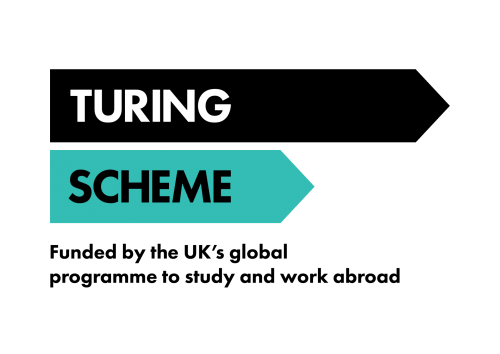
The Turing scheme funding, paying homage to the esteemed British mathematician and computer scientist Alan Turing, offers a compelling avenue for educational institutions in the UK and British overseas territories to facilitate international study and work placements for their students. As the window for funding applications for the 2024 to 2025 academic year is set to open in February 2024, this article aims to provide a comprehensive guide on successfully applying for funding and maximizing the benefits for both students and institutions.
What is Turing scheme?
The Turing Scheme extends grant funding to education providers, including schools, further education, and higher education institutions. This financial support is designed to empower students to broaden their horizons, acquire new skills, and enhance their employability through international experiences. Importantly, the funding is not restricted to a single destination, allowing providers to seek support for students embarking on multiple international placements within a unified application.
Eligibility and How to Apply for Turing scheme
To initiate the application process, education providers must submit their applications via the Turing Scheme's digital service during the designated application window in February 2024. The application process involves a thorough eligibility and financial capability check to ensure alignment with the Turing Scheme's criteria.
The assessment criteria encompass adherence to the Turing Scheme's purpose and aims, with a specific emphasis on supporting students from disadvantaged backgrounds, ensuring the feasibility of project implementation, and promoting social justice. Independent assessors will evaluate and score all applications, and the results will be communicated to applicants in June 2024. An appeals process is in place for applicants requiring further consideration.
Project Requirements
The success of an application is contingent on addressing specific assessment criteria.Let's break down the essential elements:
Project Vision (Weighting: 10%)
Provide a succinct summary of the proposed Turing Scheme project, emphasizing its alignment with the scheme's overarching goals.
Enhancing Skills (Weighting: 30%)
Define the profile of Turing Scheme students, outline the educational or employment outcomes they stand to achieve, and establish clear connections to the destinations they will visit.Detail the methodology for measuring the impact of Turing Scheme student placements.
Advancing Social Justice (Weighting: 30%)
Present demographic data of the organization, with a focus on disadvantaged students, underrepresented groups, and those with special educational needs.Outline robust recruitment and support strategies for students from disadvantaged backgrounds, those with special educational needs, and underrepresented groups.
Delivery Plan (Weighting: 30%)
Develop a comprehensive delivery plan covering timelines, risk mitigation strategies, roles and responsibilities, and governance.Provide a detailed breakdown of costs, highlighting the effective utilization of organizational support funding.
Supplementary Questions
In addition to the main assessment criteria, two optional questions, each worth 1%, can contribute to the overall score:
Environmental Impact: Describe placements with a focus on mitigating climate change effects, particularly in rewilding, conservation, and green skills.
Apprentices: Explain how apprentices, if applicable, will be supported to actively participate in the Turing Scheme.
Financial Capability and Due Diligence Checks
Applicants are required to provide a concise summary of processes ensuring value for money and preventing fraud and error. The Department for Education (DfE) will conduct due diligence checks, including eligibility confirmation, financial viability assessments, and verification of legal status.
The Turing Scheme opens doors to transformative international experiences for students and offers valuable funding opportunities for educational institutions. By carefully addressing the assessment criteria and supplementary questions, applicants can enhance their likelihood of securing funding for the 2024 to 2025 academic year. As the application window approaches, educational providers should commence planning projects and reviewing funding and eligibility details to maximize the potential of this enriching program.